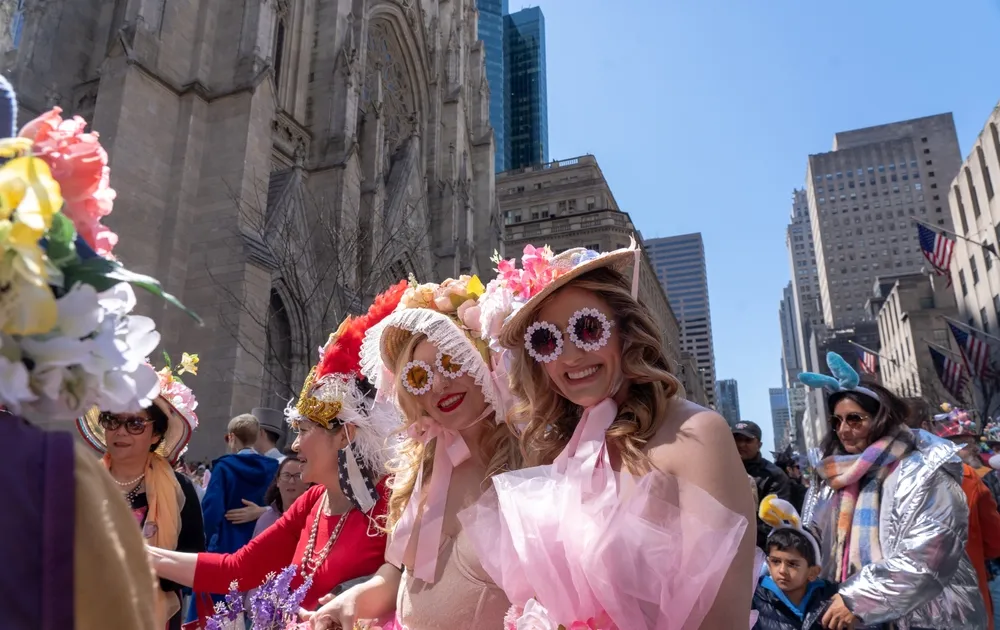Easter isn’t just about colorful eggs and chocolate bunnies — it’s a celebration steeped in history and tradition. Ever wondered why we hunt for eggs or don elaborate bonnets in parades? From ancient spring rituals to today’s vibrant festivities, Easter’s evolution is fascinating. Dive into the lively customs that bring communities together each spring.
 Shutterstock: Ron Adar
Shutterstock: Ron AdarThe Origins of Easter
Easter’s roots lie deep in Christian tradition, commemorating the resurrection of Jesus. It coincides with pagan spring festivals celebrating rebirth. Historians believe Easter’s name may originate from Eostre, a goddess of spring. This intertwining of religious and pagan elements set the foundation for many of our customs.
Easter Eggs and Egg Hunts
Easter eggs are said to symbolize new life and Jesus’ empty tomb. The tradition of decorating eggs predates Christianity, with many cultures celebrating fertility and rebirth. In the 19th century, chocolate eggs and egg hunts gained popularity. Today, children delight in this tradition, spreading joy across generations.
Easter Parades and Bonnets
Easter parades have roots in religious processions, dating back to early Christian gatherings. The 1800s saw the growth of New York’s Easter Parade, turning it into part fashion show, part religious observance. Wearing Easter bonnets became an essential part of the holiday. These parades now blend tradition with modern spectacle.
Passion Plays and Religious Observances
Passion plays dramatize the events of Jesus Christ’s crucifixion and resurrection. Originating in medieval Europe, they remain a powerful Easter tradition. Churches hold services and reenactments, inviting reflection and devotion. These practices transport participants back in time, offering a spiritual journey through history.
The Community Spirit of Easter
Easter often inspires a warm sense of community and togetherness. Many groups host events like community egg hunts and charity drives. Such gatherings provide opportunities for connection and sharing in the season’s spirit. Participating in charitable acts can amplify Easter’s messages of hope and compassion. The holiday highlights the strength found in unity and shared joy.
Diverse Cultural Traditions
Easter customs vary significantly across the globe, reflecting local cultures. In Sweden, children dress as witches and go door-to-door for candy. In Bermuda, families construct and fly kites. Australians associate Easter with Bilbies — an endangered marsupial — instead of bunnies. Since rabbits are an invasive species in Australia, chocolate bilbies are a way to support conservation efforts. Each cultural twist enriches this global celebration.
The Influence of Commercialization
Over time, Easter’s commercial aspects have grown significantly. Advertisements and merchandise flood grocery stores and big box stores weeks before the holiday. While some criticize this commercialization, it has popularized Easter traditions on a large scale and made it a holiday for people who don’t practice Christianity. Despite this commercialization, the emphasis on rebirth and renewal remains intact for many.
A Celebration of Unity and Renewal
Easter is a vibrant amalgamation of traditions that continues to evolve. Its blend of solemnity and celebration unites communities worldwide. Whether through religious ceremonies or community events, Easter embodies renewal. As timeless customs adapt, the spirit of Easter remains a testament to enduring hope and unity.


